By Liza Mae Dumo | September 18, 2023
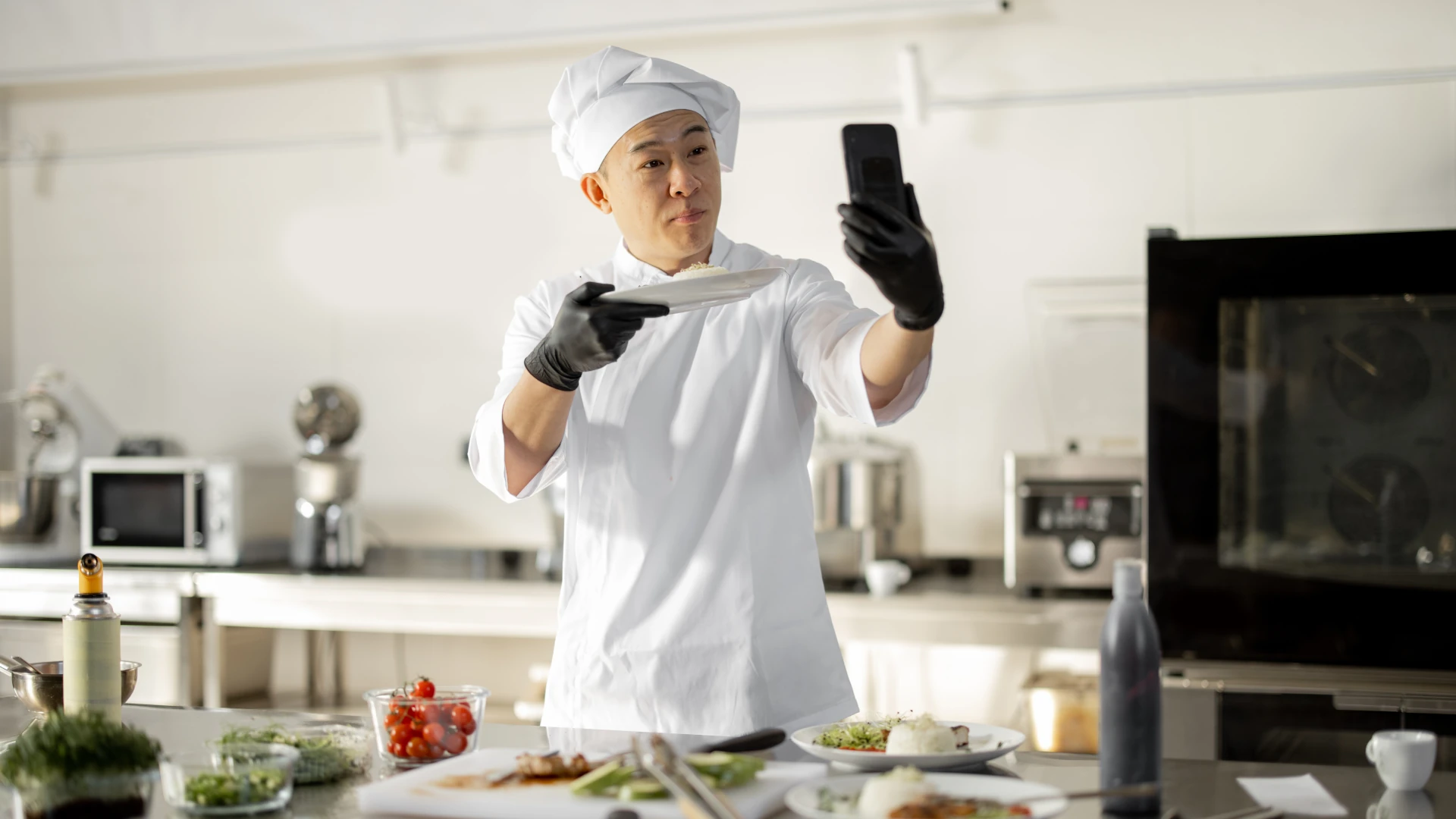
It’s clear that social media content packs a punch, especially in the food and hospitality industries. Those snappy, bite-sized videos you see on platforms like Instagram and TikTok are changing the way we decide where to eat or stay.
These quick videos are having a big impact on our choices. What makes them so effective is that they feel real and authentic, often shot on regular smartphones. We trust them more than slick, professional videos.
But this trend isn’t limited to just restaurants and hotels. It applies to almost any kind of business these days. The catch is, you need to produce a lot of content for social media. You can’t get away with making one video a year anymore. You might even need to make a video every day, which can be a big time and money drain.
Hiring professionals or building an in-house team for video production can be expensive. It’s even pricier in places like Singapore, where social media agencies charge a premium. And if you need high-quality video production, you’ll be shelling out even more.

So, here’s the double challenge: making cost-effective videos and keeping up with the ever-changing trends. As a business owner or restaurant owner, you don’t want to spend hours every day on Instagram and TikTok just to stay in the loop.
To tackle these challenges, here are some straightforward tips:

When it comes to creating engaging social media videos, understanding composition is crucial. Composition is all about what you include in the frame, and it plays a pivotal role in filmmaking. In the realm of F&B and hospitality content, there are three primary types of shots that can make your videos more captivating.
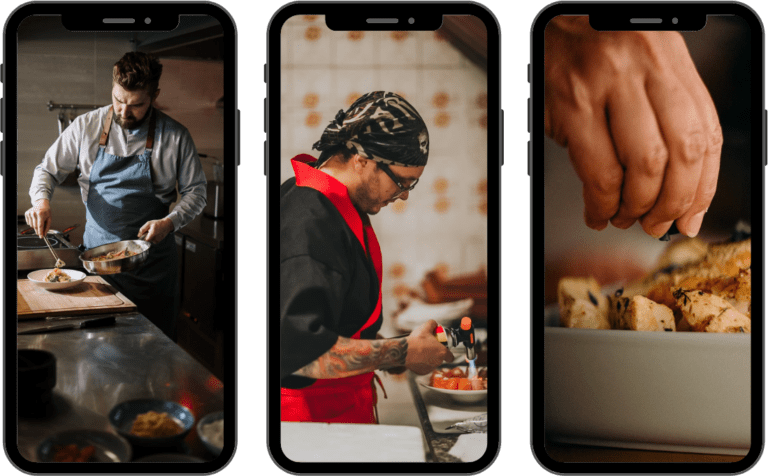
Another thing is mastering the art of shot types. While cinema boasts around 15 different shot types, social media content thrives on simplicity, focusing on three fundamental ones: the wide shot, the midshot, and the close-up.
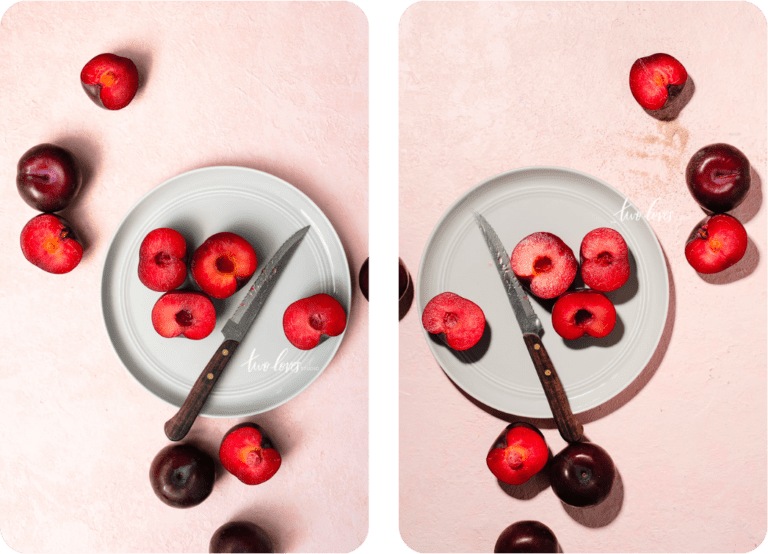
When it comes to creating captivating videos, one of the most significant challenges to overcome is understanding how to harness light effectively. Whether you’re shooting food or people, mastering light is essential to achieving professional and authentic results. In the realm of lighting, there are two primary types: natural and artificial, each with its own merits and considerations.

To illustrate the impact of lighting, let’s consider two examples:

Creating compelling F&B videos involves a blend of creativity, technique, and equipment choices.

In today’s digital age, social media is a must-have for businesses of all shapes and sizes.
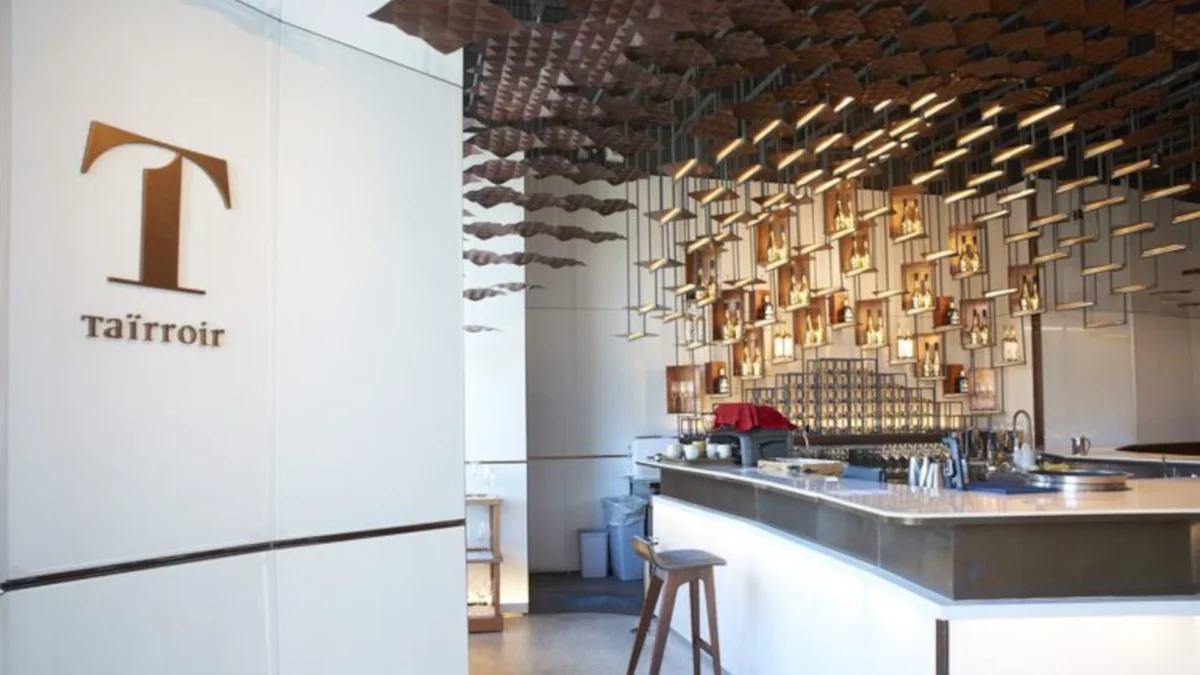
Taïrroir, a fusion of “Taiwan” and “Terroir,” has made history.
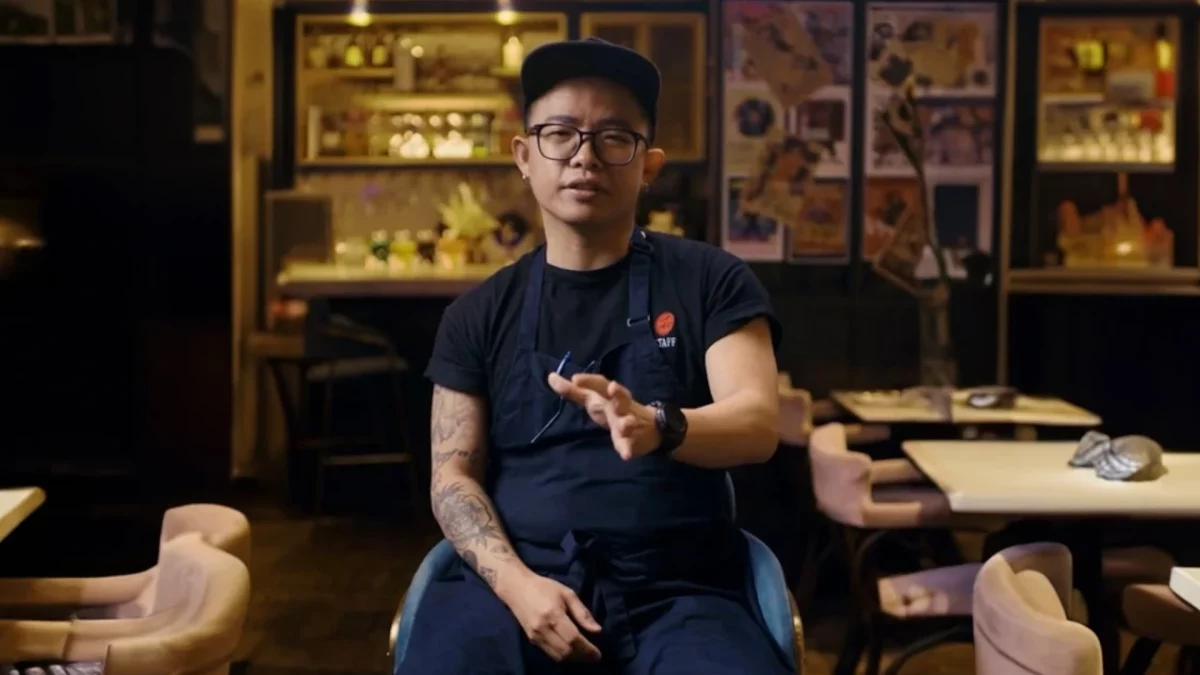
In the diverse culinary world of Singapore, Dylan Ong has carved a niche.

If you’re a fan of delectable desserts and exquisite pastries, you’re in for a treat.
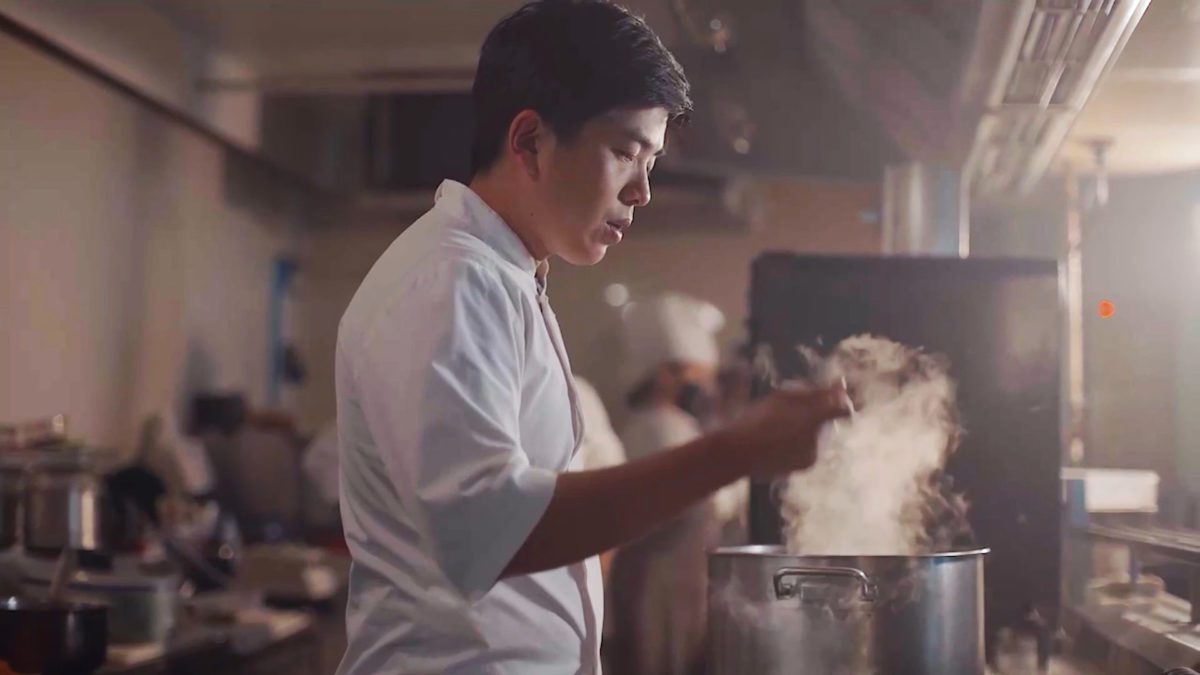
Bangkok’s very own Chef Ton has made history by securing first and third place…
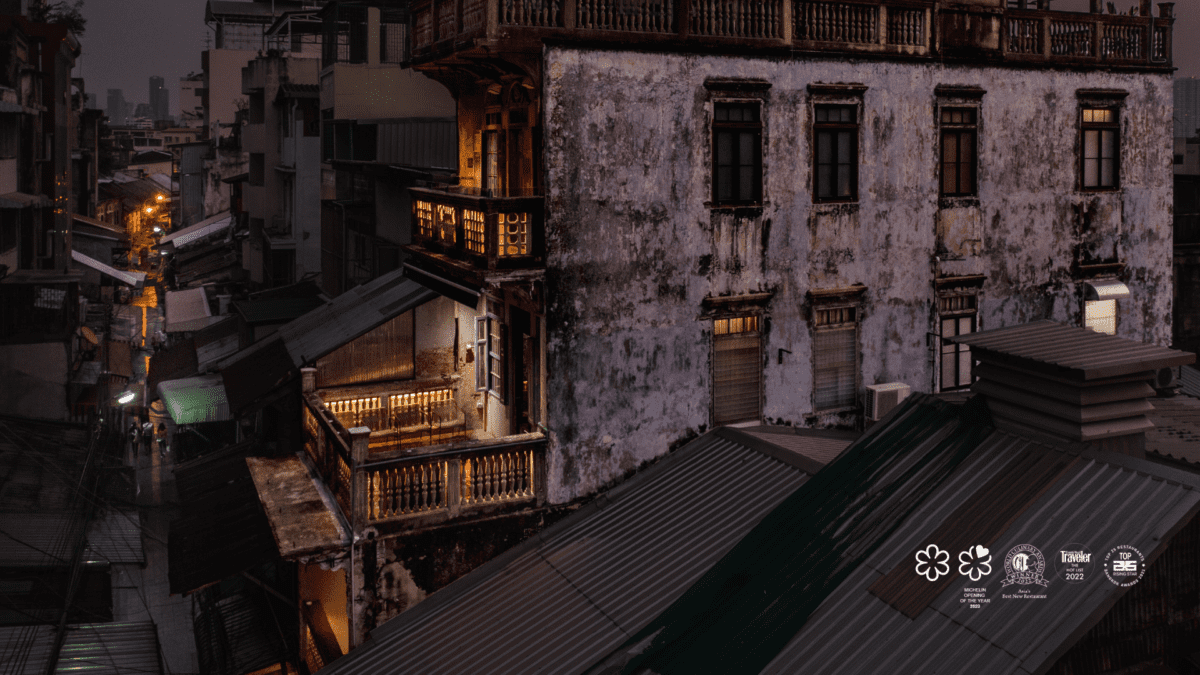
Bangkok is renowned for its vibrant street food scene and delicious cuisine…